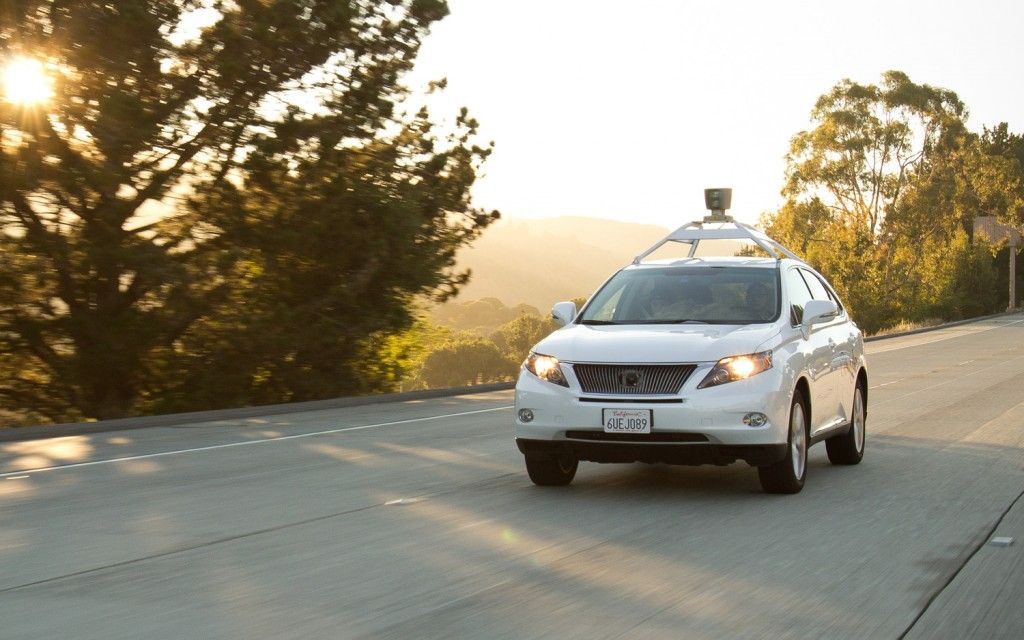Google's self-driving cars are designed to break the law. Sort of.
Dmitri Dolgov, the moonshot's lead software engineer, told Reuters that Google's self-driving cars attempt to stay within the speed limit, but certin traffic conditions might encourage the autonomous vehicle to go up to 10 miles per hour above the speed limit. He said research shows that maintaining the speed limit when other cars are traveling much faster can actually be dangerous, so driverless cars must go faster to reduce the risk of a collision.
Google first debuted its self-driving cars, also known as driverless cars and autonomous cars, in 2010, though it had been quietly working on a driverless car program since 2009. Despite five years of effort, the driverless vehicles are not at all ready for a retail or an official release. In fact, Google hasn't unveiled a business model yet or even bothered to refine the style or design of its self-driving cars.
Although the company announced earlier this year that it would start building its own self-driving cars, it still modifies vehicles, such as the Lexus RX 450h gas-electric hybrid crossover, to work autonomously. They are outfitted with a front-mounted radar sensor, for instance, as well as a revolving cylinder above the car's roof. The cylinder features lasers, cameras, sensors, andother hardware gear like metal struts.
READ: Google might make its own self-driving 'robo-taxi' cars
Google still has a long ways to go - despite several reports and analysts having claimed that self-driving cars could appear on roads by the end of this decade. That said, the development process has clearly been weighed down by many external factors and various elements to consider, which apparently includes programming the driverless vehicles to potentially break the speed limit when necessary.

